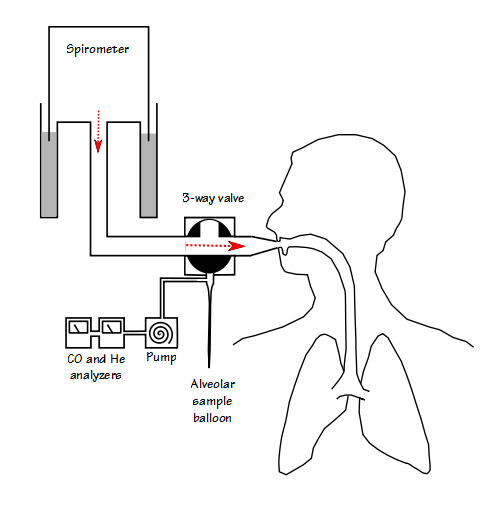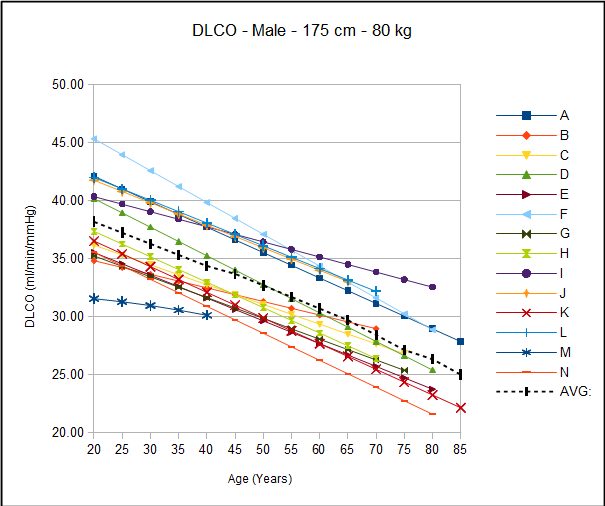One of the hallmarks of chronic asthma is airway inflammation. This frequently causes an increase in the perfusion of the airways which in turn can appear as an increased DLCO in routine PFTs. A number of investigators have noted that this inflammation can also cause an increase in exhaled air temperature. This increase in exhaled air temperature is not due to an increase in body temperature but to increase in the rate of heat exchange between the airways and respired air due to the increased airway perfusion.
Because the increase in exhaled air temperature also correlates reasonably well with exhaled Nitric Oxide (NO) levels it would seem that measuring exhaled air temperature as part of spirometry or other pulmonary function testing could either act as a substitute for exhaled NO measurements or at least indicate which patients would benefit the most from exhaled NO measurements. It turns out however, that making these measurements is a lot more complicated than it would appear at first glance.
The most important factor that makes exhaled temperature difficult to measure is that it varies throughout exhalation. This has lead to two different approaches to measuring exhaled air temperature. First by measuring the rate at which exhaled air temperature changes during a slow exhalation. Second, by measuring the plateau temperature (PLET) which usually occurs near the end of exhalation and also usually from a slow, controlled exhalation.



